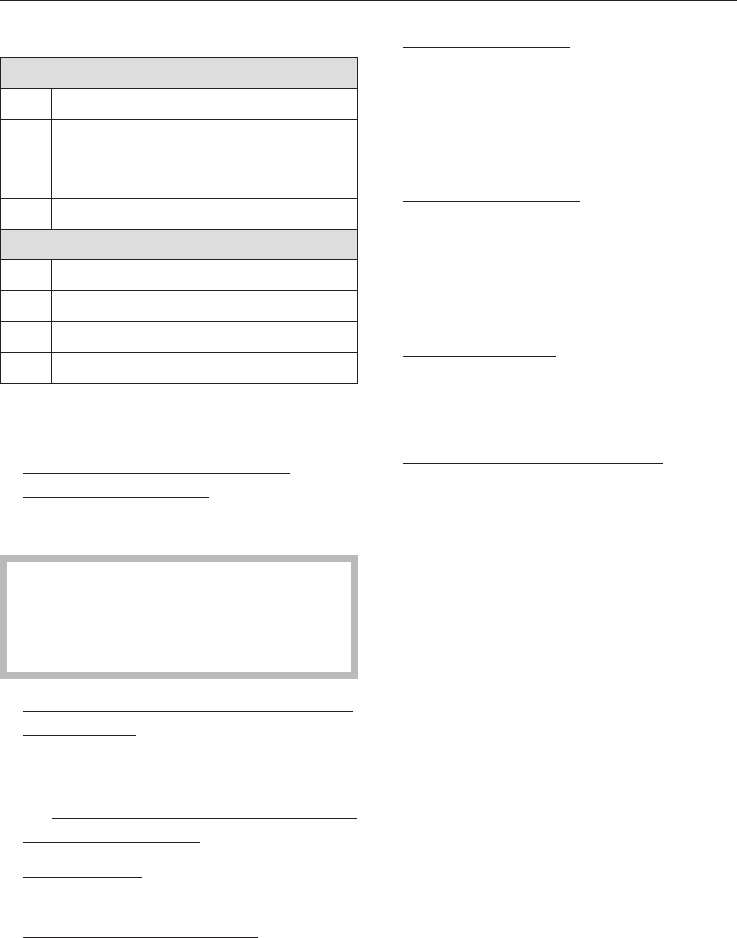
Garment care label symbols
Drying
q Normal/higher temperature
r Reduced temperature:
Select Low temperature
(for delicate textiles)
s Do not tumble dry
Ironing
I High
H Medium
G Low
J Do not iron
Tips on drying
– Always observe the maximum
recommended loads given in the
"Programme chart". Do not overload
the drum.
Overloading can cause
unnecessary wear and tear to the
laundry, give a disappointing drying
result and cause more creasing.
–
Do not put soaking wet items into the
tumble dryer. Spin items for at least
30 seconds before drying.
–
Use the Automatic plus programme
for drying mixed loads of cottons and
minimum iron fabric.
–
Open jackets
so that they can dry
evenly.
–
Woollens and wool blends
tend to
become matted and shrink if dried in
a tumble dryer. They can, however,
be "fluffed up" using the Woollens
handcare programme.
–
Loopknit garments
(e.g. T-shirts and
underwear) tend to shrink depending
on their quality. Do not over-dry
these items. When purchasing these
garments it is advisable to take their
shrinkage properties into account.
–
Minimum iron fabric
tends to crease
more, the larger the load. This is
especially true of very fine weave
fabric, such as shirts or blouses.
Reduce the load or use the Minimum
iron - Hand iron programme.
–
Starched laundry
can be dried in the
tumble dryer. To achieve the usual
finish, double the amount of starch
should be used.
– New dark coloured garments
should
be washed and dried separately
from light coloured garments to avoid
the danger of colours running and
discolouring other garments or even
plastic components in the dryer.
Dark coloured fibres can also settle
on light coloured garments and vice
versa.
Notes on laundry care
15


















